SECMOL School building in Leh, Ladakh, represents the entire Himalayan Region in the recently published book, “NEW INDIAN ARCHITECTURE: 1947-2020.” This elaborate treatise is a prestigious Indian architecture publication in the post-Independence era that features over a hundred architectural marvels. These are spread over a vast area of the subcontinent from Leh in the north to Madurai in the south (3600km), and Kolkata in the east to Gandhinagar in the west (2000km). Conceived and built between 1947 to 2020 and scattered over three million square kilometers, these buildings/campuses present the vastness of architectural development in the country in the last seven decades.

SECMOL School building in Leh (Ladakh) is virtually the epitome of contemporary rammed-earth construction and passive solar architecture. The campus for the Students’ Educational and Cultural Movement of Ladakh (SECMOL) is located near the village of Phey in the Indus Valley, about 18 km from Leh and at an altitude of 3500m. The region has a cold desert climate with temperature variation from 20°C in summer to -30°C in winter. Luckily this area has over 300 sunny days per year, and the sun is a reliable energy source.
The SECMOL campus is home to about 70 students, a few staff members, and volunteers who live, work, and study there. It is maintained and, to a large extent, run by students themselves. The campus comprises one large school building, three residential houses, and 20 small cell rooms apart from other necessary infrastructure.
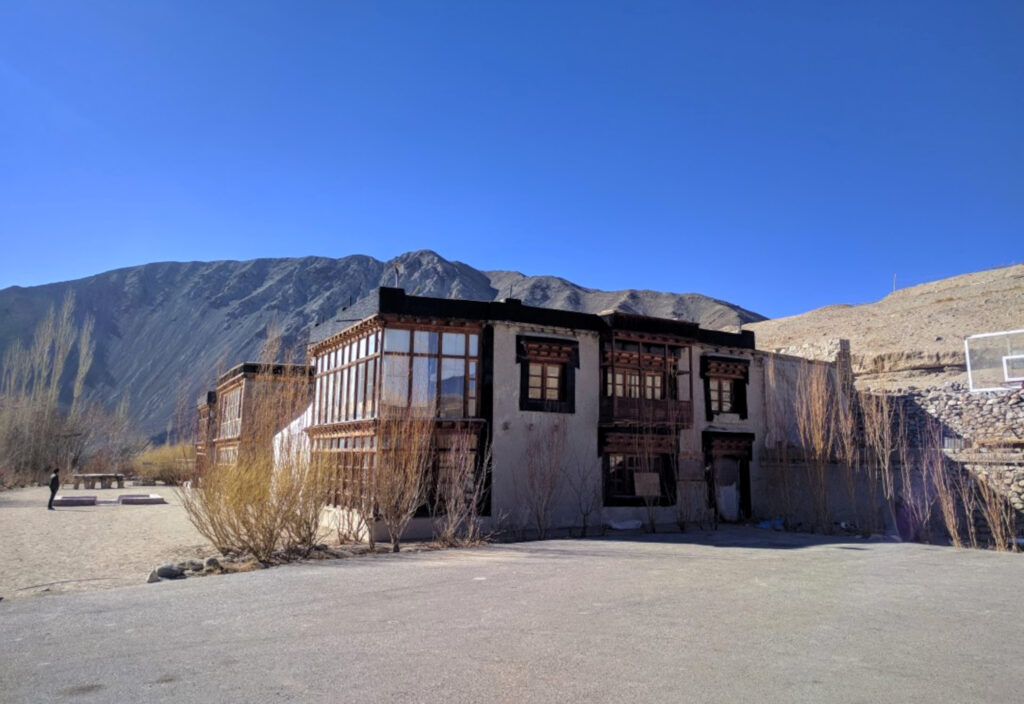
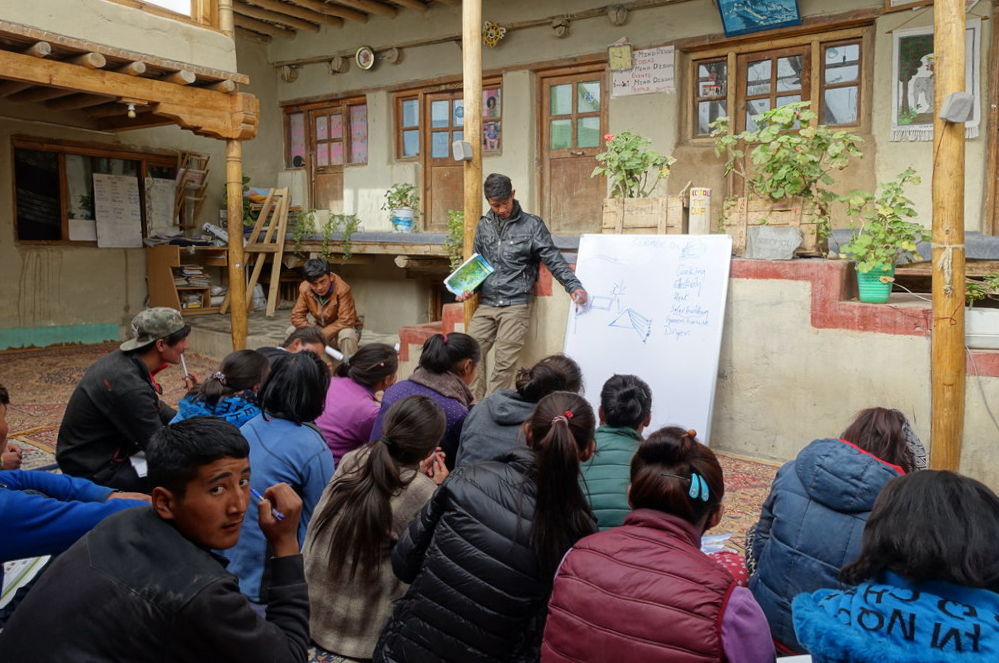
The main building, popularly known as the SECMOL School building, has been built considering the challenging terrain, peculiar climatic conditions, and difficulty bringing foreign building materials.
Along with others, the school building has been designed by Sonam Wangchuk – a locally born engineer-turned-architect and Ramon Magsaysay award-winning environmentalist, educationist, and social reformist. Wangchuk, a graduate in Mechanical Engineering from NIT, Srinagar, studied Earthen Architecture at Craterra School of Architecture in Grenoble, France, for two years.
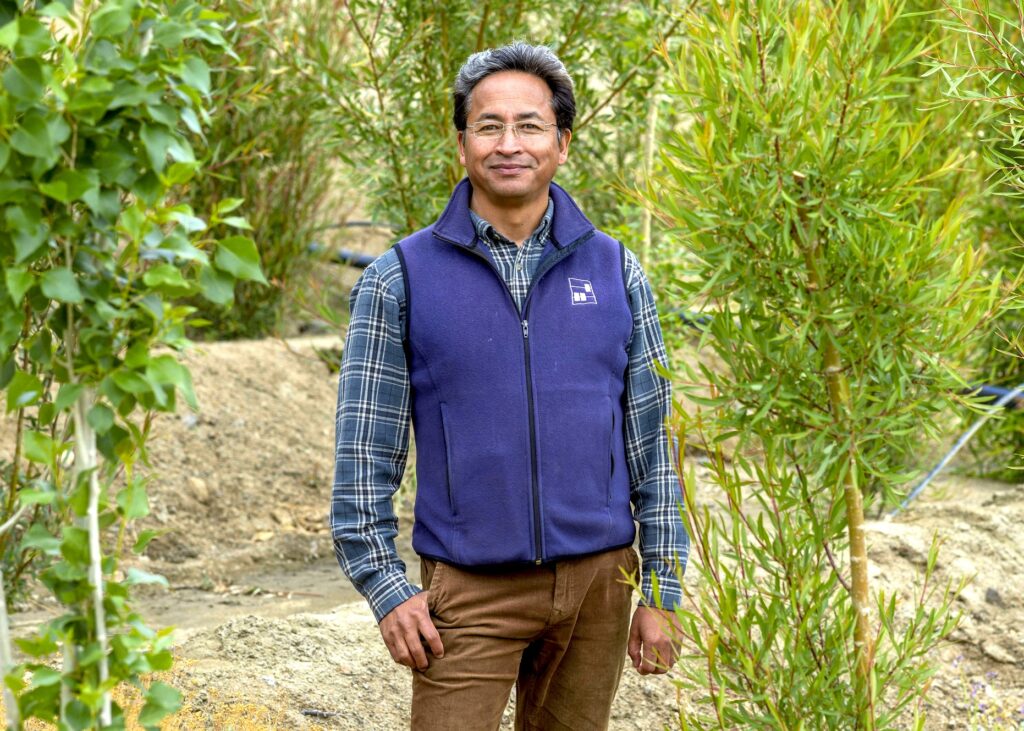
The construction of the SECMOL school building started in 1994 and was inaugurated in 1998 by Dalai Lama. In 2016, the building was adjudged one of the best nine buildings having earthen construction by the jury of the international TERRA Award.
The compact double-storied building has been constructed with thick walls in rammed earth. The structure is sunken one meter below the ground on the north side. Since the earth’s temperature at this depth is relatively warm in winter and cool in summer, it helps create comfortable living conditions inside. It also helps get the primary building material, the earth, on-site, thus eliminating the need for long-range transportation. Another advantage of this technique is that there was no debris to be thrown away when the construction finished.
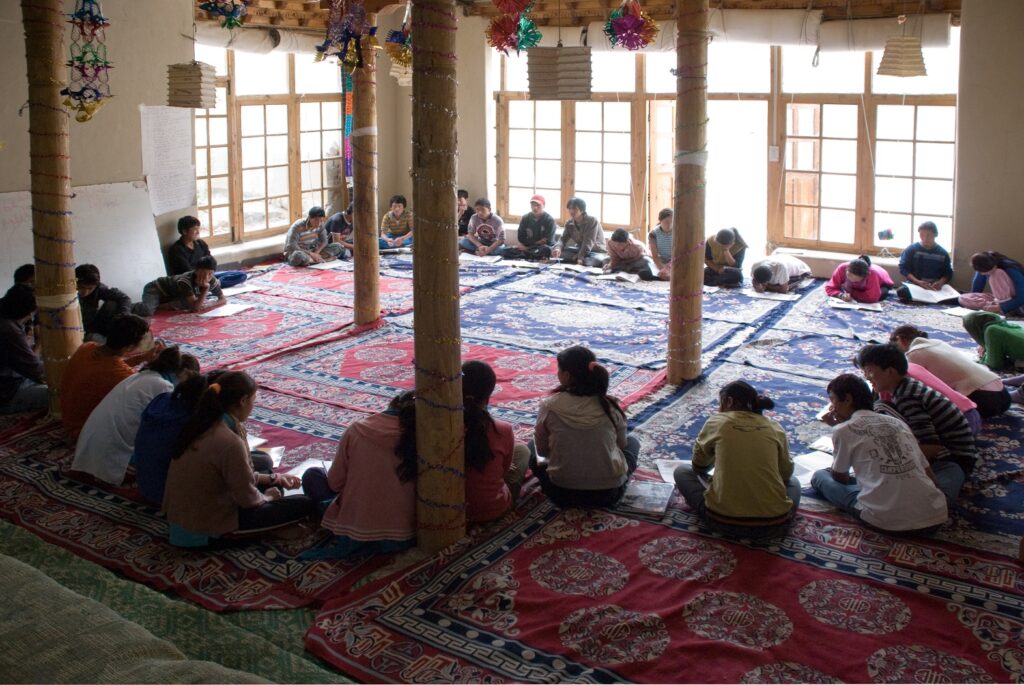
The school building’s thick, rammed earth walls keep it warm in winter and cool in summer. The building is oriented to face south, with its main facade having large fenestration on this sun-facing side. It keeps the building warm in winter – passive solar heating. With thick rammed earth walls which act as heat banks, the structure absorbs heat from the sun during the day, stores it, and then releases it to the rooms at night.
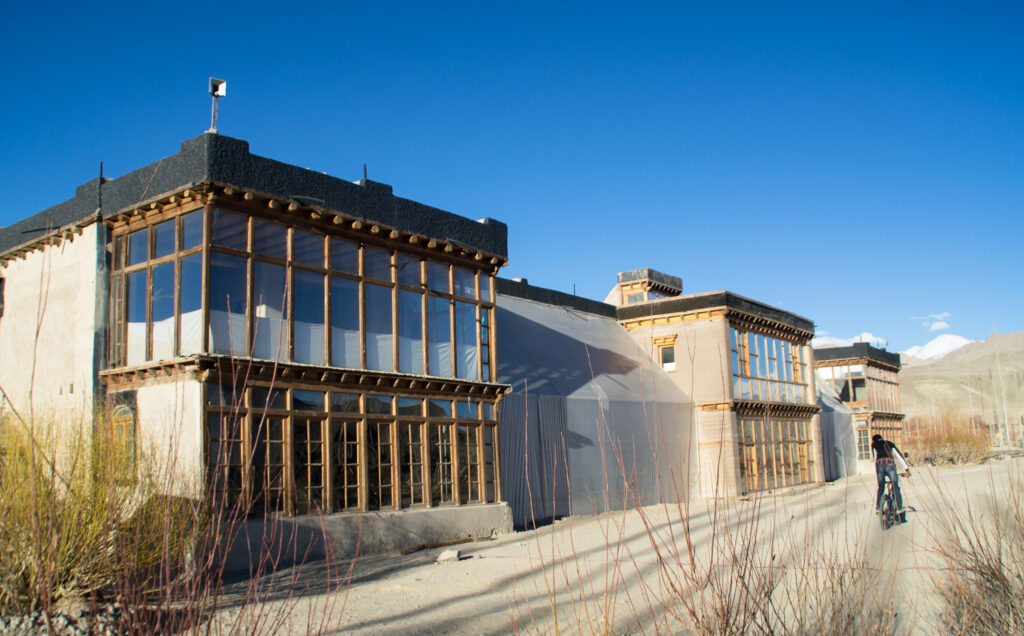

In brief, the following are some main features that keep the building warm in winter:
- Windows have been provided on the south side as the sun moves low in the southern winter sky, keeping the building warm.
- Greenhouses are attached to the south side to trap the sun’s heat. In winter, large plastic sheets are rolled down to make big greenhouses that work as solar collectors. In summer, the plastic sheets are rolled up to prevent overheating.
- Skylights are covered with glass or clear plastic to keep warm air indoors.
- Thick earthen walls and floors help to store collected heat.
- Insulation has been provided on the roof, outer walls, and some places under the floor.
- Natural lighting has been provided in abundance, so electricity is not needed for light in the daytime.
- The roof is insulated with wood waste generated during the construction to stop heat loss.

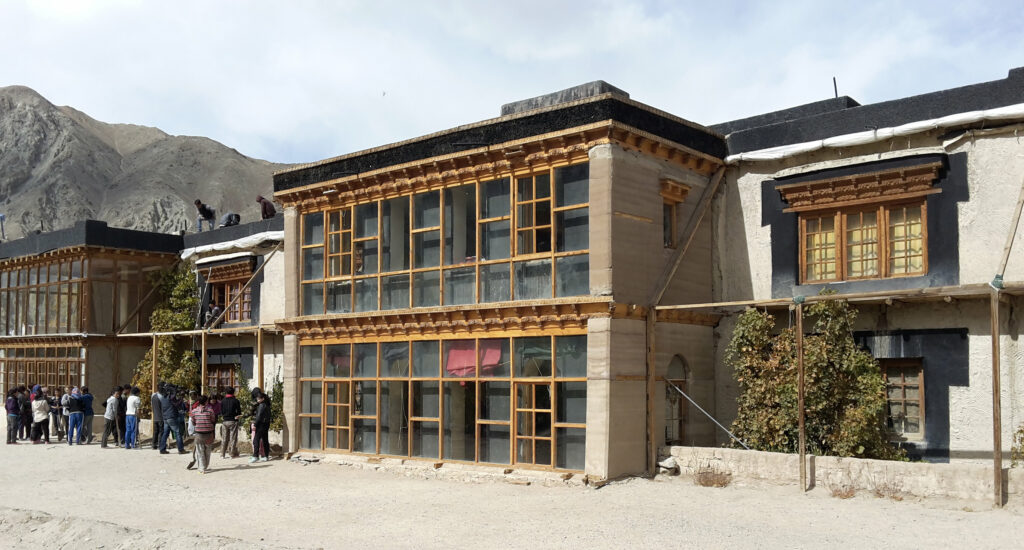
The success of the building can be gauged from the fact that when the outside temperature is -25°C in winter, the inside temperature remains +14°C. The building has no electricity connection or requires burning fossil fuels for heating, even during peak winter months.
On receiving the prestigious TERRA Award for this passive solar earth building, its architect Sonam Wangchuk said, “I consider this honor for the country and a celebration of Ladakh’s rich tradition in earth architecture in particular. I congratulate every Ladakhi and thank all, the present and former students, campers, volunteers, and members of SECMOL who were involved in building up the campus.”
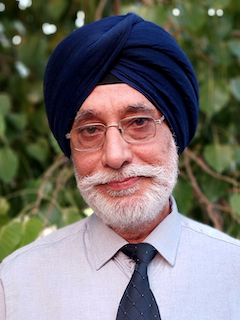
Sarbjit Bahga (b1957) is a Chandigarh-based architect, author, photo artist, and archivist. He is the Principal Architect of Bahga Design Studio LLP. Earlier, Bahga worked in the Department of Architecture, Punjab, Punjab Health Systems Corporation, and Punjab Mandi Board in various positions.
He has more than 42 years of practical experience designing various types of buildings, complexes, and large campuses. His completed works include an eclectic range of administrative, recreational, educational, medical, residential, commercial, and agricultural buildings. A monograph on his selected works titled “MODERN REGIONALISM: The Architecture of Sarbjit Bahga” has been published.
Bahga is also a keen researcher and a prolific architectural writer. He has 12 books to his credit, which include Modern Architecture in India, New Indian Homes, Le Corbusier, and Pierre Jeanneret: The Indian Architecture, Trees in Urban Habitat, Landscaping Human Habitat, New Indian Architecture -1947-2020, and Hand-Drawn Perspectives and Sketches. Bahga’s contribution to architecture has been largely recognized. He is a three-time recipient of the World Architecture Community Awards. His name has been featured in the Guinness Book of World Records for designing the “longest covered concrete corridor” in Vidya Sagar Institute of Mental Health, Amritsar.



Thank you so much for publishing my article so nicely. Regards.